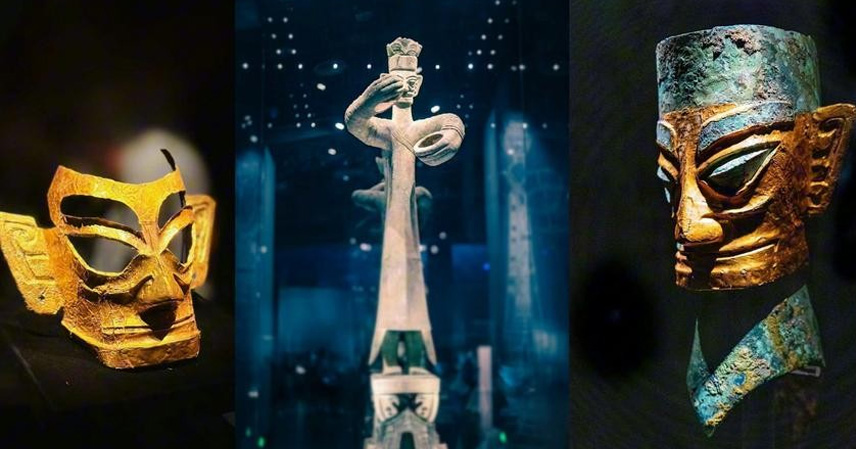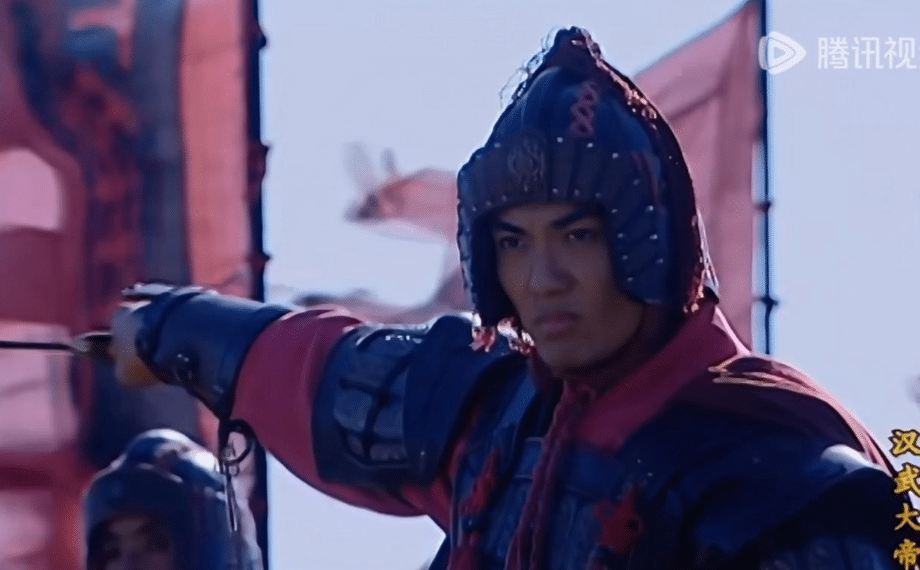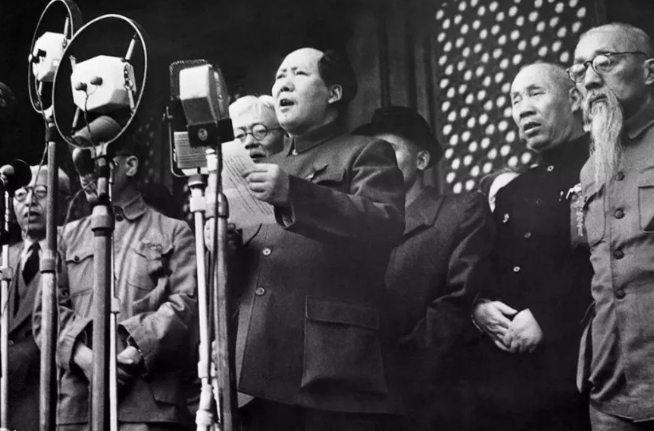You may have heard of Sanxingdui, or maybe you haven’t. But once you see its golden masks, golden scepters, or bizarre bronze heads, you likely won’t forget them. Their style is unlike any traditional Chinese artifact—so unique that some even joked, “This must be aliens leaving something in Sichuan
Questions have long circulated: “Is Sanxingdui Chinese?” “Is it a separate civilization?” “What’s its connection to Sichuan?”
After 2021, archaeological discoveries, artifact comparisons, and official regulations have gradually clarified the truth. Sanxingdui is undeniably Chinese, undeniably part of Sichuan, and a key continuation of the ancient Shu culture spanning thousands of years.
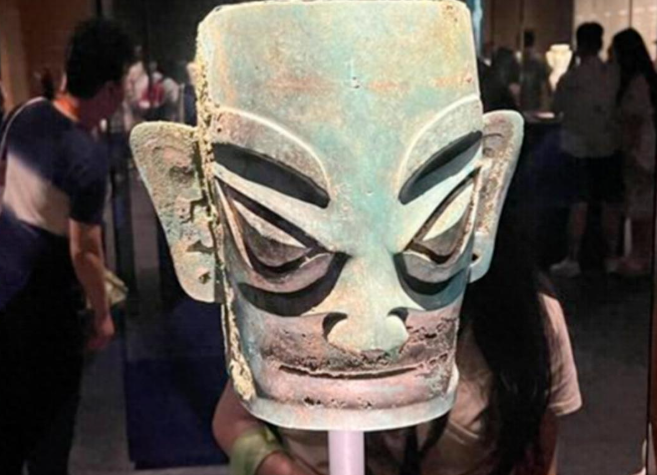
What is Sanxingdui, and why does it look so “strange”?
Sanxingdui was first discovered in 1929 when a farmer in Guanghan, Sichuan unearthed jade artifacts. At the time, no one realized their significance.
It wasn’t until 1986 that a major breakthrough occurred: archaeologists unearthed over 100 bronze artifacts at Sanxingdui, shocking the nation. Among these were:
- A bronze human head over two meters tall, with exaggerated eyes and ears pressed against the head.
- A bronze “divine tree” nearly four meters high, adorned with birds and symbolic fruits.
- Bronze standing figures, standing on mythical creatures and holding ceremonial objects, exuding solemnity, likely used for ritual purposes.
These artifacts were stylistically completely different from the familiar “Qin bricks and Han tiles,” or the oracle bones and bronzes of Yin Xu. Naturally, some speculated these might be from an alien civilization.
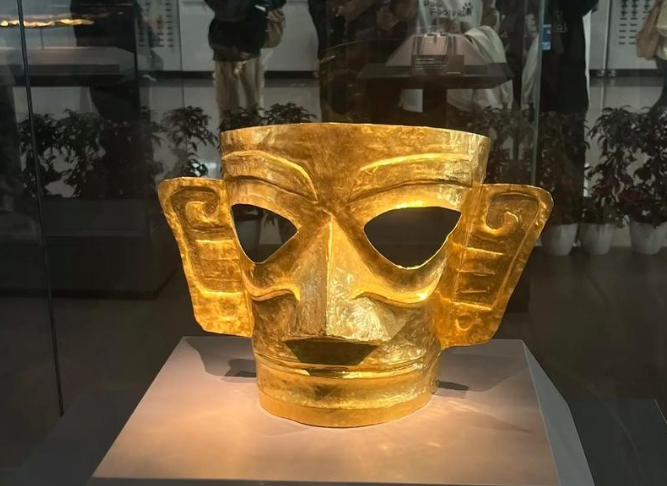
The misunderstanding was understandable: historical education emphasized the Yellow River as the cradle of Chinese civilization, leaving the ancient cultures of Sichuan less known. Moreover, the unique style of Sanxingdui had no known parallels at the time.
The 2021 Breakthrough
On March 20, 2021, archaeologists discovered six sacrificial pits at Sanxingdui, containing over 500 new artifacts. The most significant was a fragment of a gold mask, measuring 28 cm in height with about 85% gold content.
This mask was nearly identical to a gold mask from the Jinsha site in Chengdu, located less than 40 km from Sanxingdui. This strongly indicated that Sanxingdui and Jinsha belonged to the same cultural system: the ancient Shu civilization.
Conclusion: Sanxingdui is not “alien” or “foreign.” It has local neighbors, predecessors, and successors—it is rooted in the region’s history.
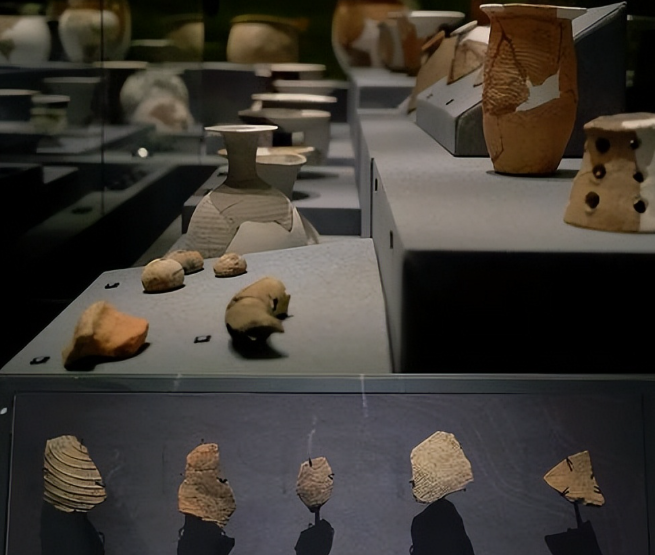
Whose Culture Is It?
Geographically, the Sanxingdui site is located between Nanxing and Sanxing towns in Guanghan City, Sichuan. Its administrative affiliation is clear: Sichuan Province, Deyang City.
Some might still ask: “Is this really Sichuan’s heritage, or was it brought from elsewhere?”
The answer lies in cultural continuity: Sanxingdui is not an isolated site. It follows the Baodun culture and precedes the Jinsha culture, forming a continuous civilization chain in the Chengdu Plain.
- Baodun Culture: Discovered in Xinjin, Chengdu, dating back around 4,500 years. It featured large earthworks, pottery, and ritual items.
- Sanxingdui Culture: Around 3,700 years ago, bronze technology reached its peak, producing divine trees, golden scepters, and bronze figures.
- Jinsha Culture: About 3,000 years ago, Jinsha artifacts, including gold masks, directly continued Sanxingdui’s style.
This chronological and geographical chain confirms Sanxingdui’s roots in ancient Shu civilization, based on decades of archaeological evidence.
Official regulations further support this. On September 1, 2021, the Sichuan Sanxingdui Site Protection Regulation was implemented, legally mandating that the site’s protection, exhibition, and development be managed by Sichuan. Villagers are encouraged to participate in safeguarding the heritage.
The Chengdu Institute of Cultural Relics and Archaeology officially stated:
“Sanxingdui civilization belongs to the evolutionary sequence of ancient Shu culture.”
Why Was There Confusion for Decades?
For many years, Sanxingdui was misunderstood as alien, foreign, or an isolated civilization. Two main reasons caused this:
- Incomplete Archaeological Data: In the 1980s, only Sanxingdui had been excavated. The Baodun and Jinsha sites were unknown, leaving gaps in the cultural narrative. Discoveries in 2001 and beyond gradually completed the ancient Shu cultural sequence.
- Traditional Historical Perspective: Education emphasized the Yellow River as the cradle of civilization, overlooking the Yangtze River basin and Sichuan Plain. Now, we recognize Chinese civilization as “diverse yet unified,” with multiple regional cultures contributing to its development.
The 2021 discovery of the gold mask connected Sanxingdui and Jinsha, closing the evidence loop. Artifacts, chronology, geography, and law all confirm the truth.
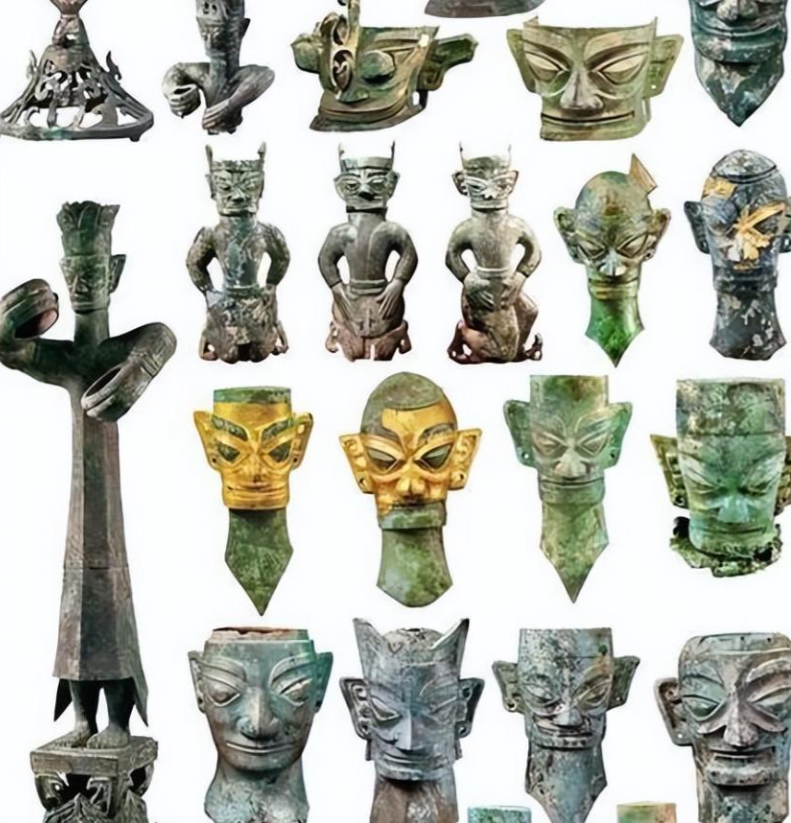
The Verdict
Sanxingdui is no longer a mysterious or isolated site. It belongs to:
- Territory: Guanghan, Sichuan Province
- Culture: Chengdu Plain civilization
- History: Ancient Shu Civilization
Decades of excavation have finally clarified this truth. Each artifact left by the ancient Shu people is a clue to their culture, now officially recognized as part of Chinese heritage.
The site is still being excavated, but one fact is certain: Sanxingdui is ours.
References:
- What is the Relationship Between Sanxingdui and Chengdu? Sichuan Tourism Bureau, 2021-04-19
- Sichuan Sanxingdui Site Protection Regulation Implemented Today. Chuan Guan News, 2021-09-01
- Why is it Called Sanxingdui? Sichuan Provincial Network, 2021-03-22
- Sanxingdui: A Source Nourishing the Tianfu Culture. Jin Guan News, 2021-03-22
- Chengdu Institute of Cultural Relics and Archaeology: “Sanxingdui Civilization Belongs to the Evolutionary Sequence of Ancient Shu Culture.” Southern Metropolis Daily, 2021-03-22

